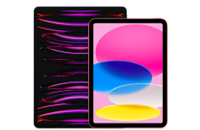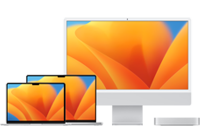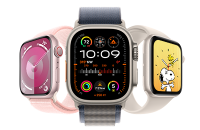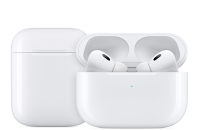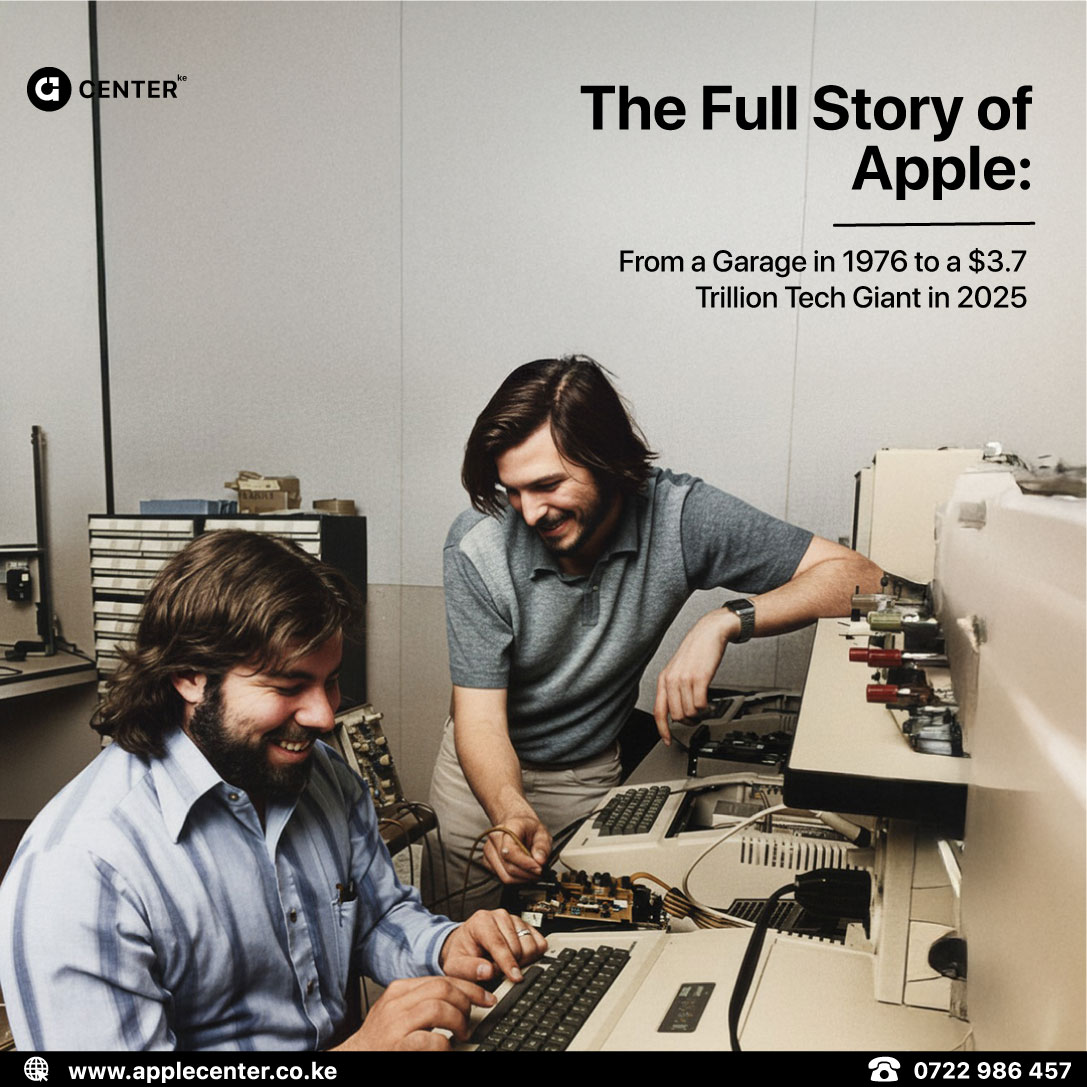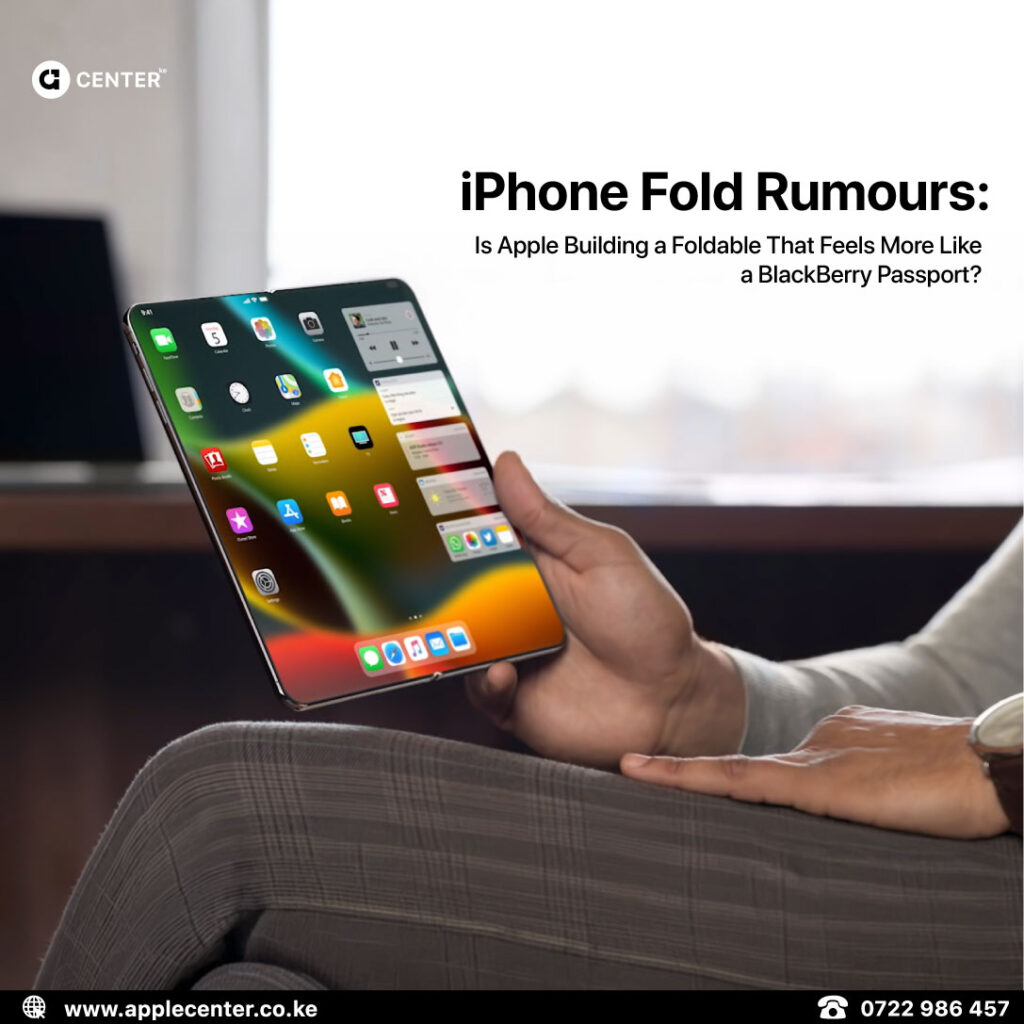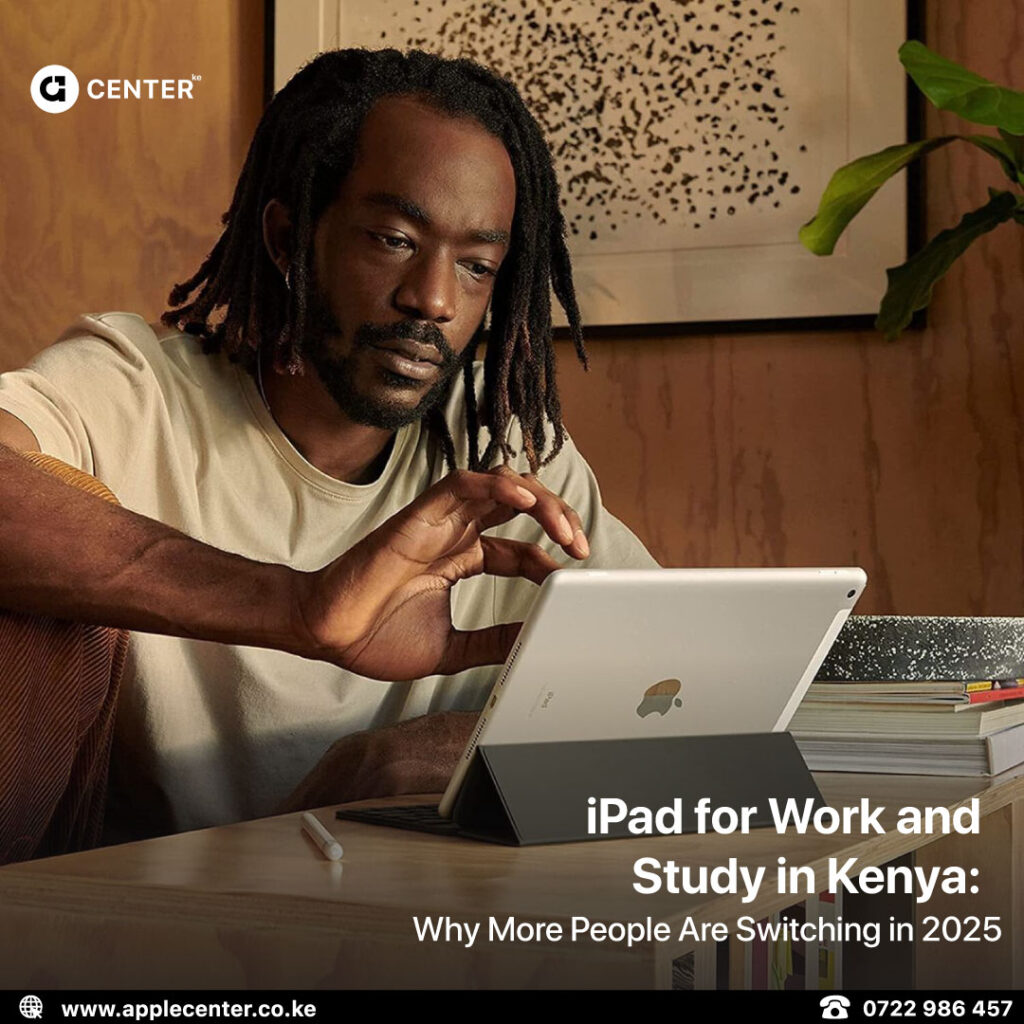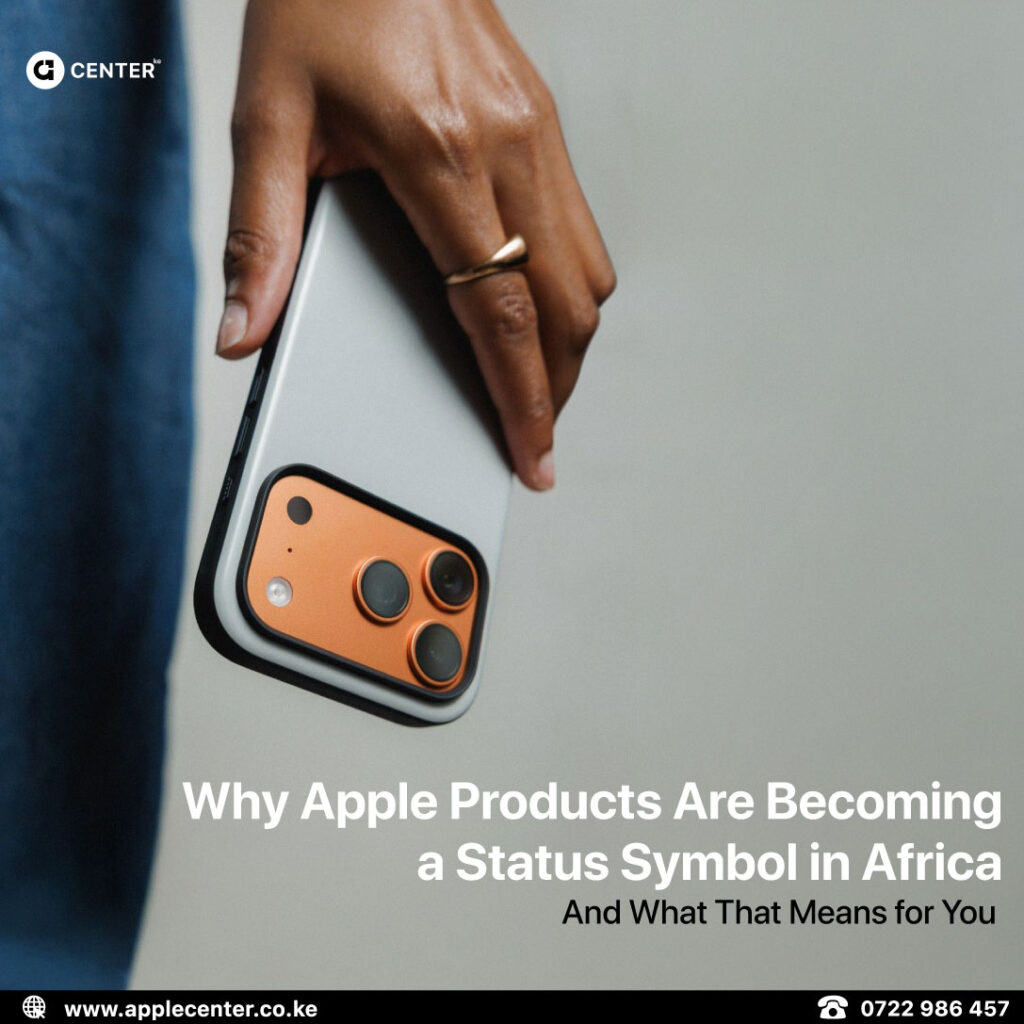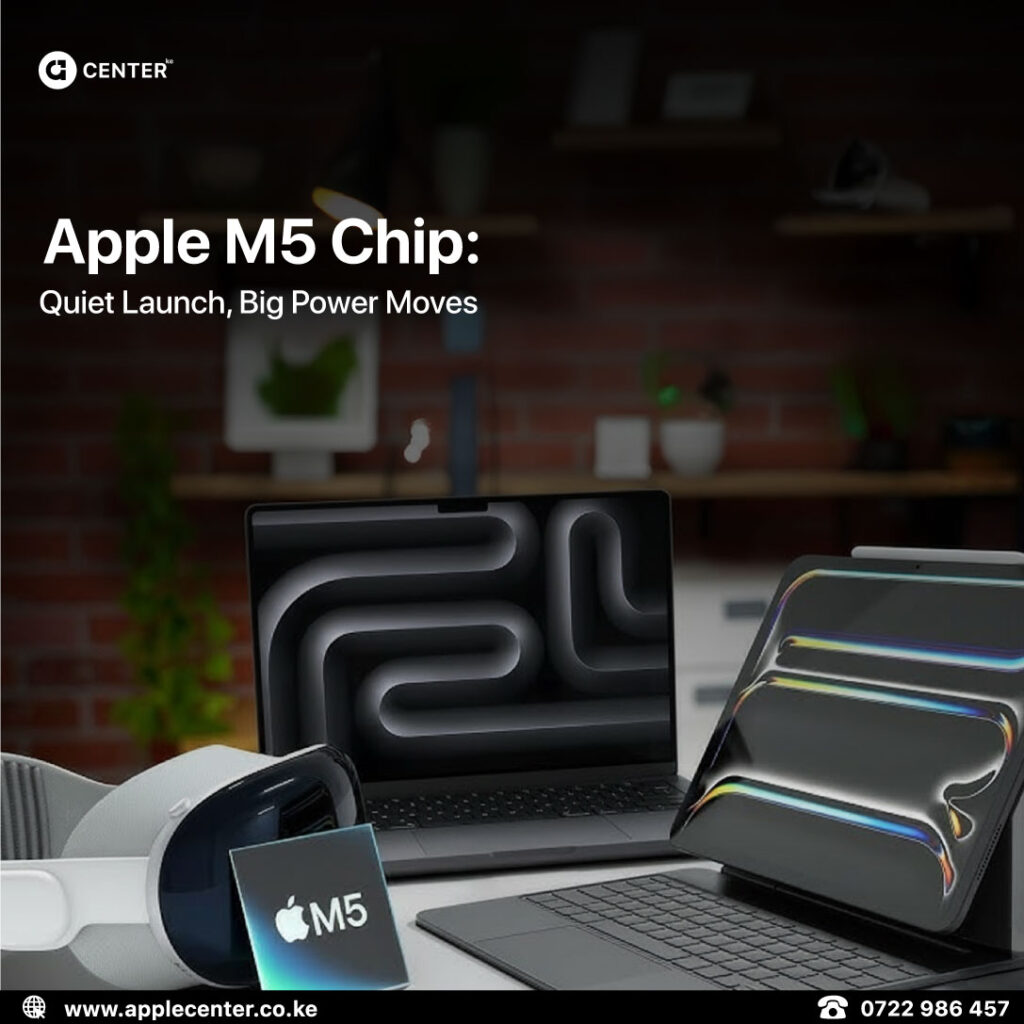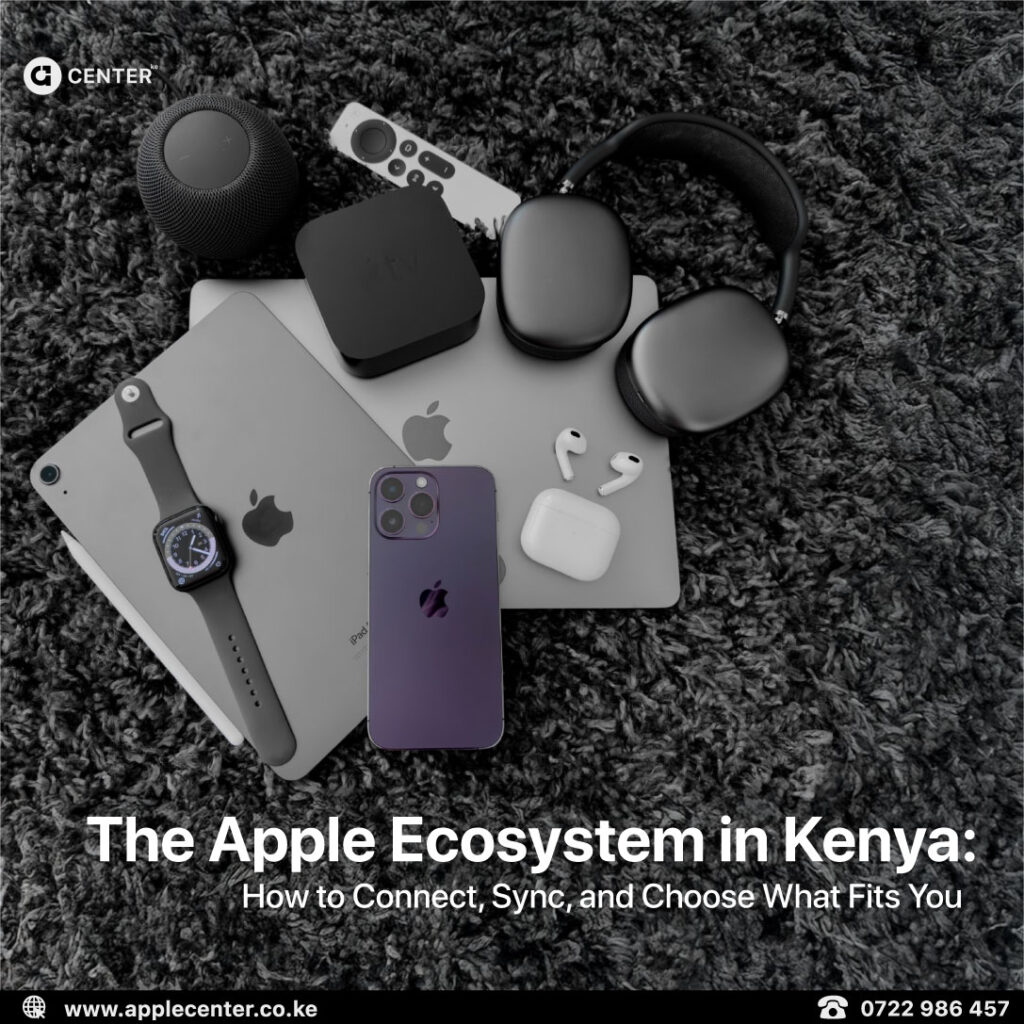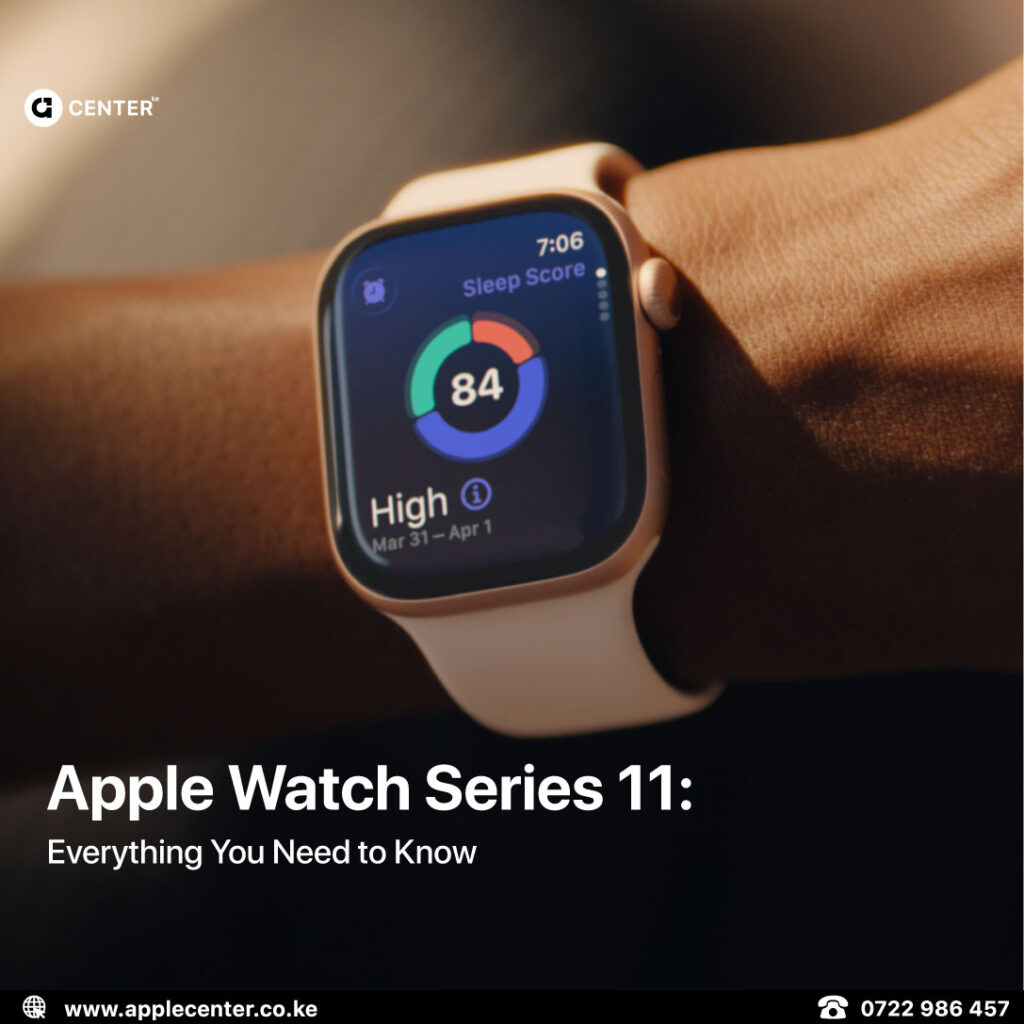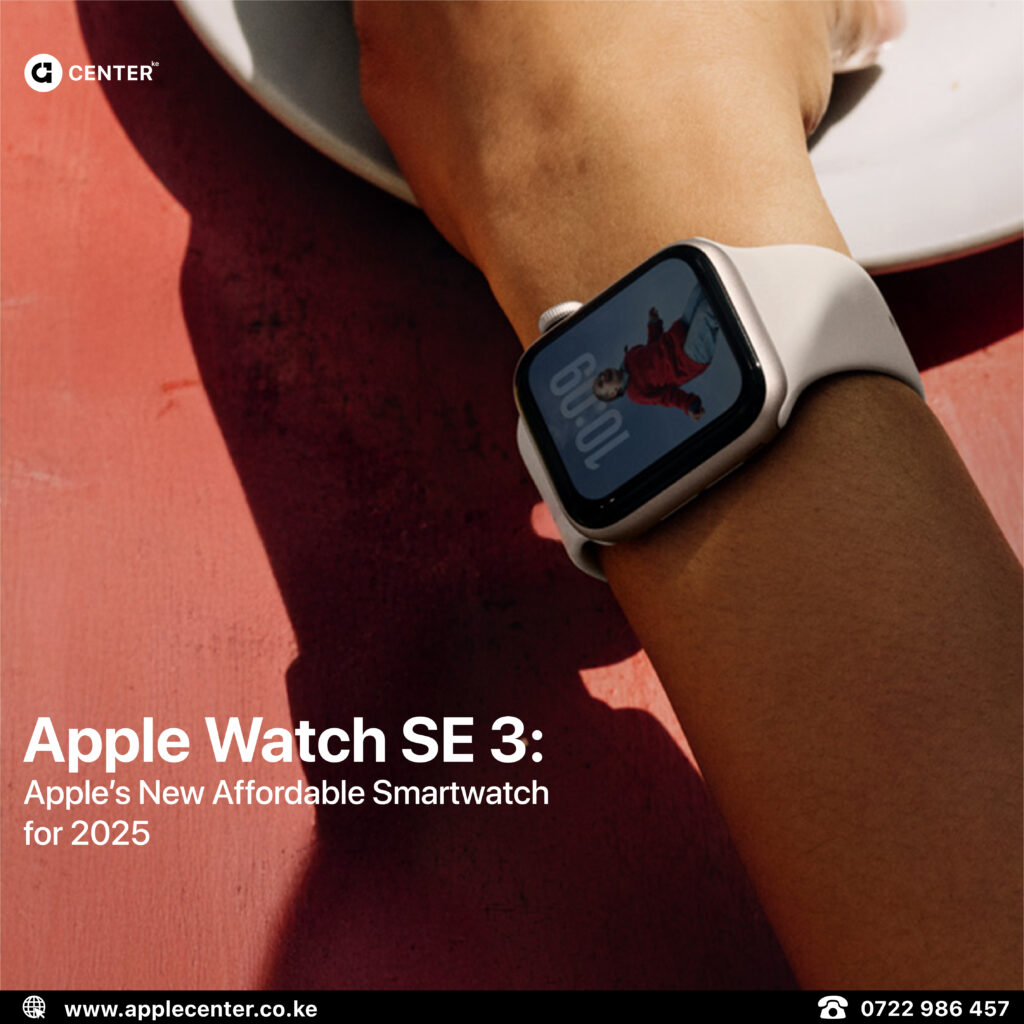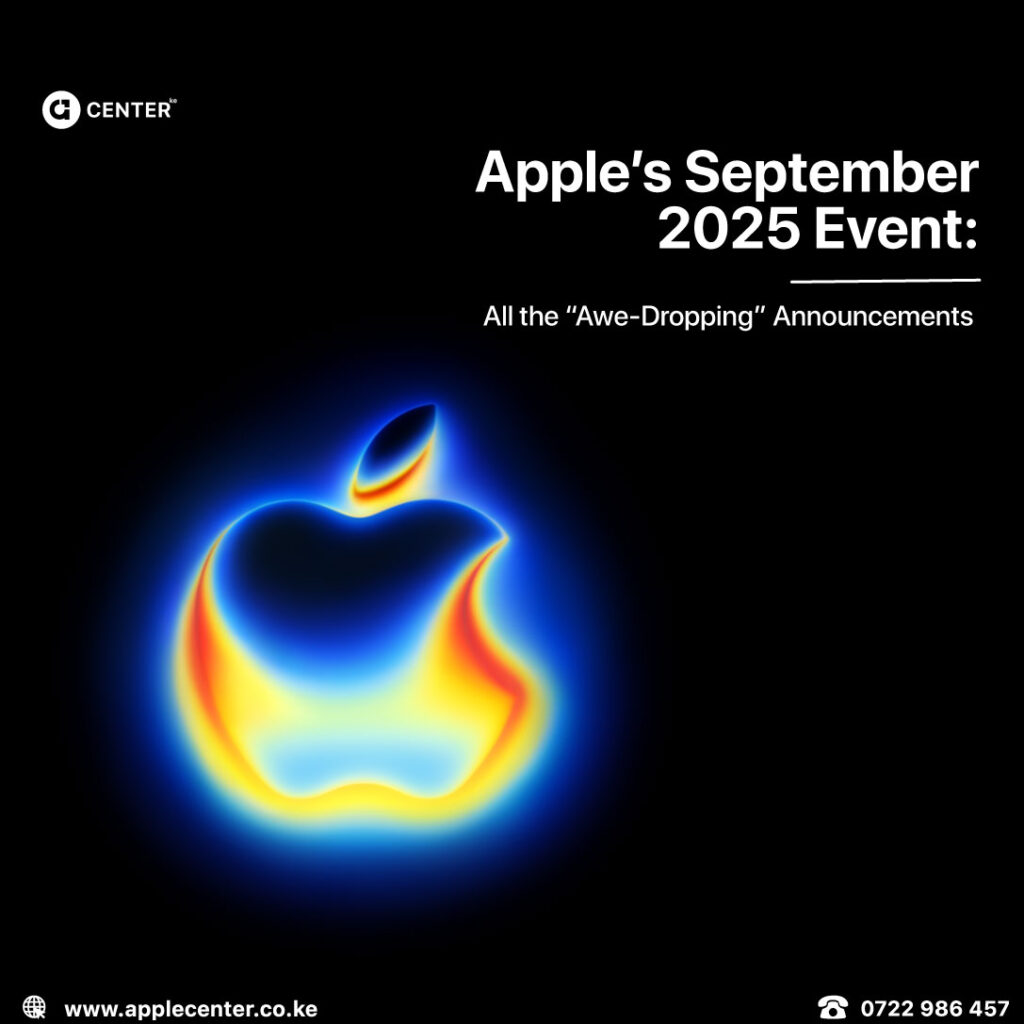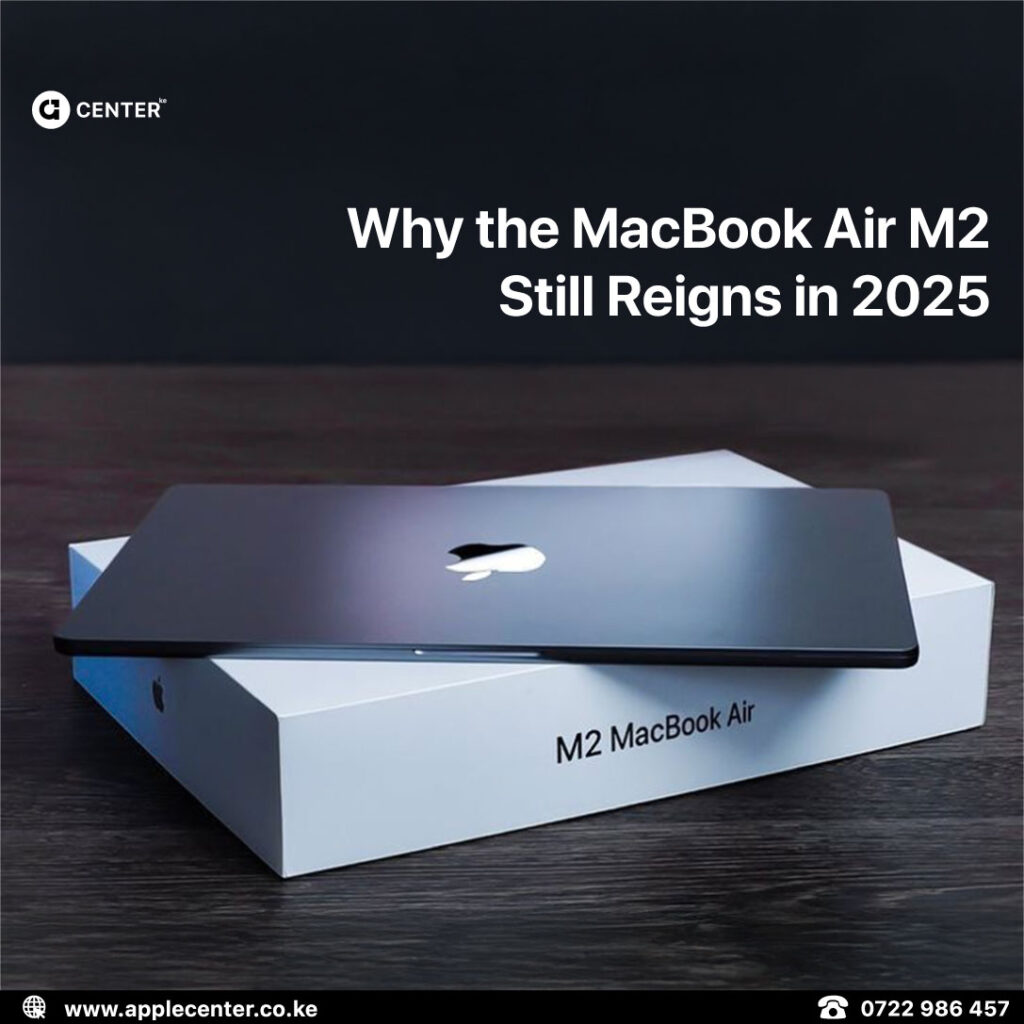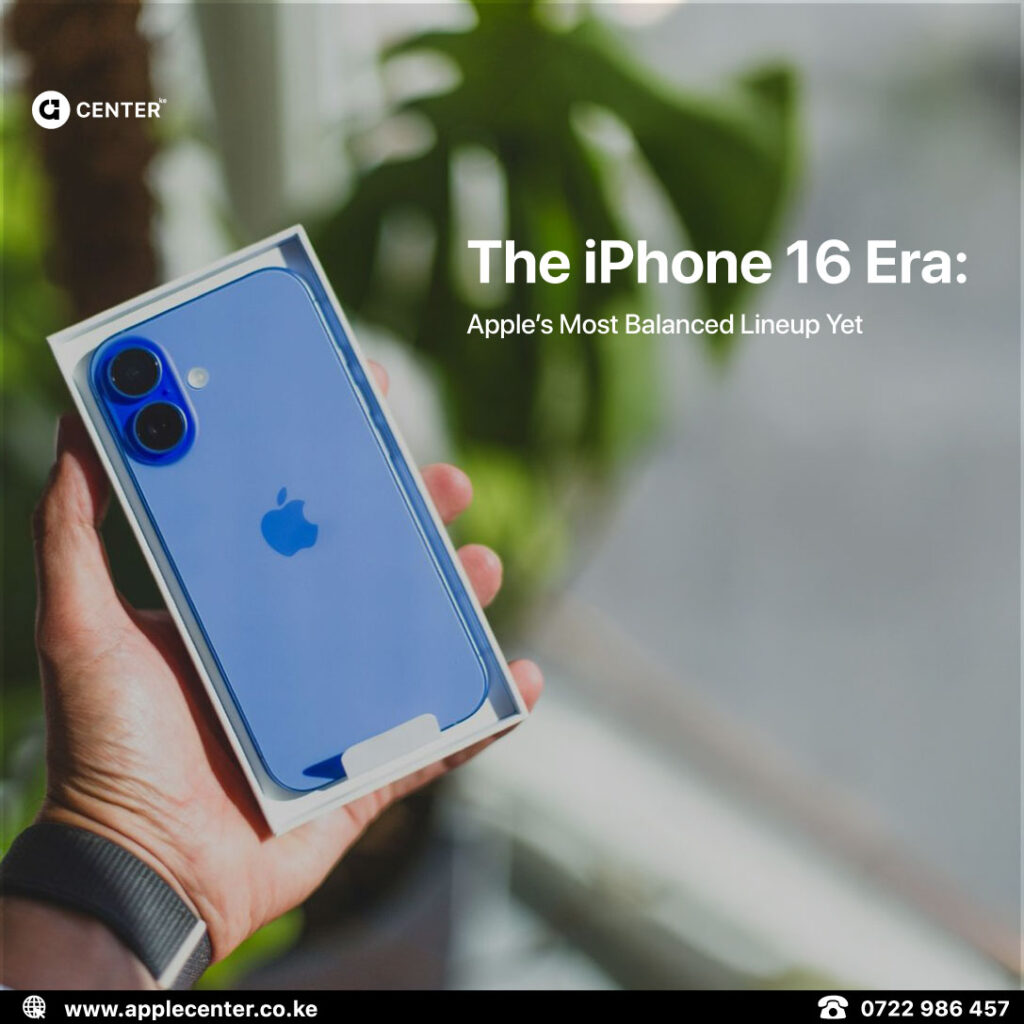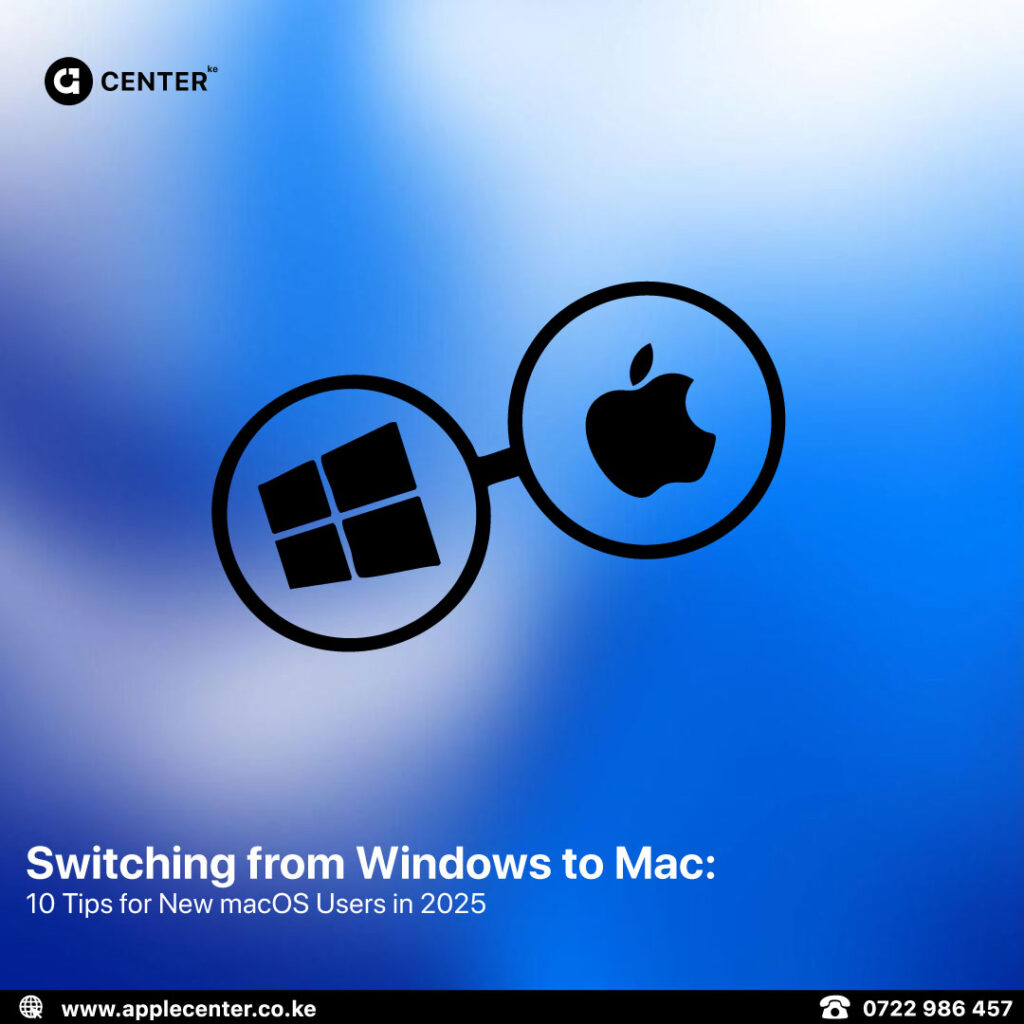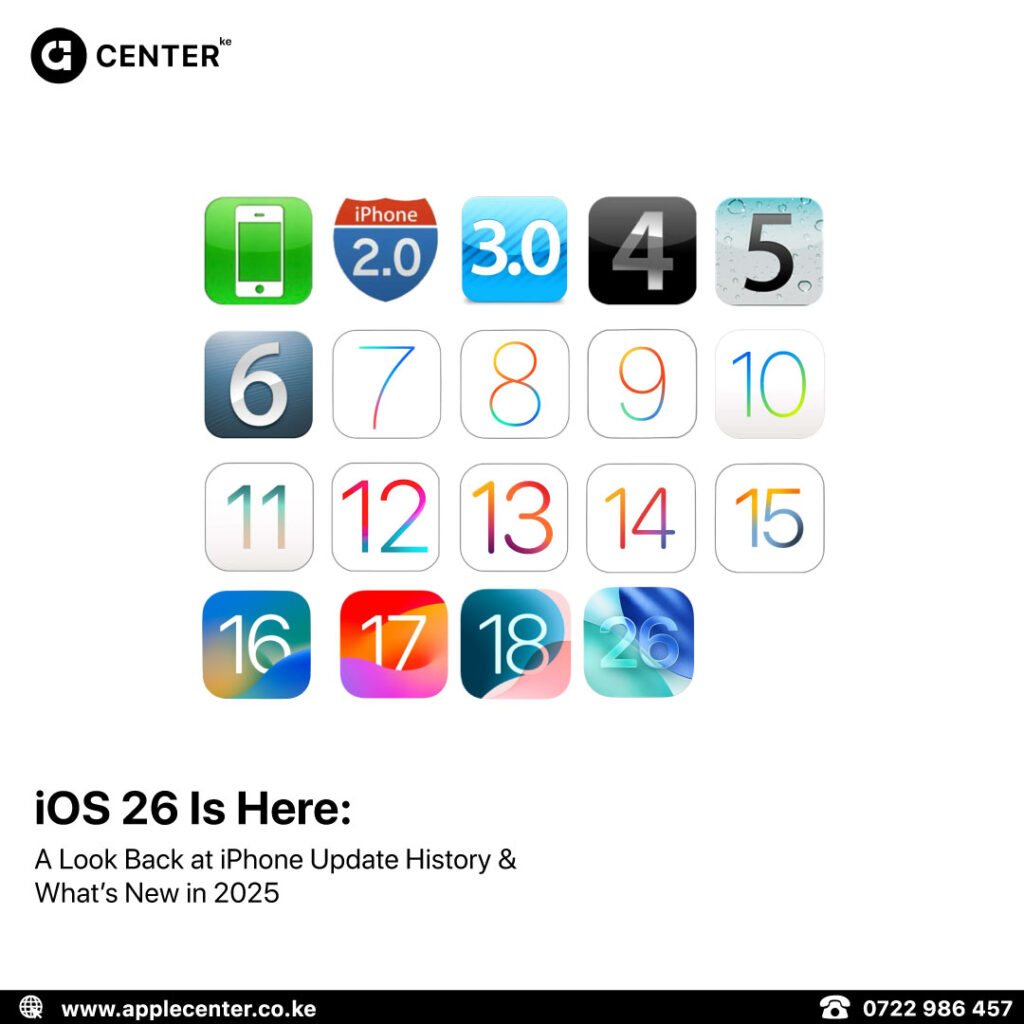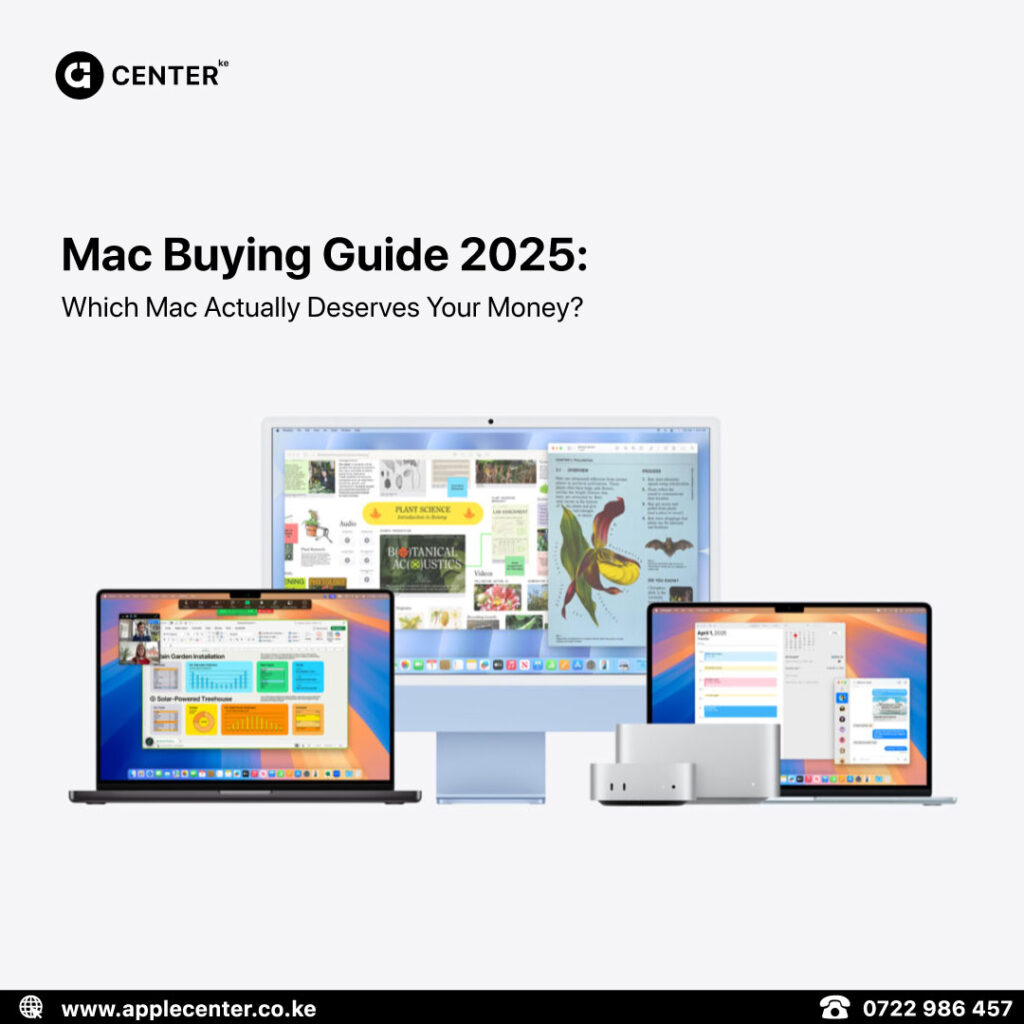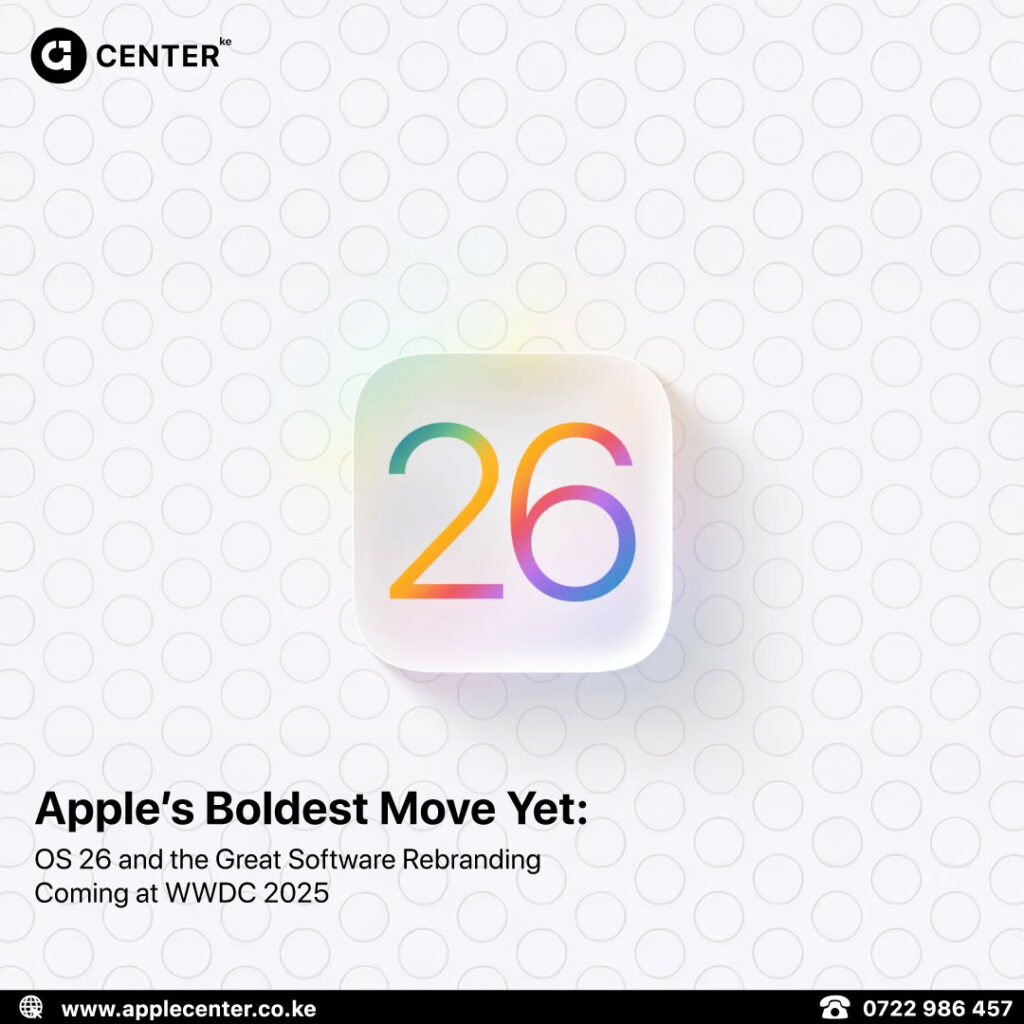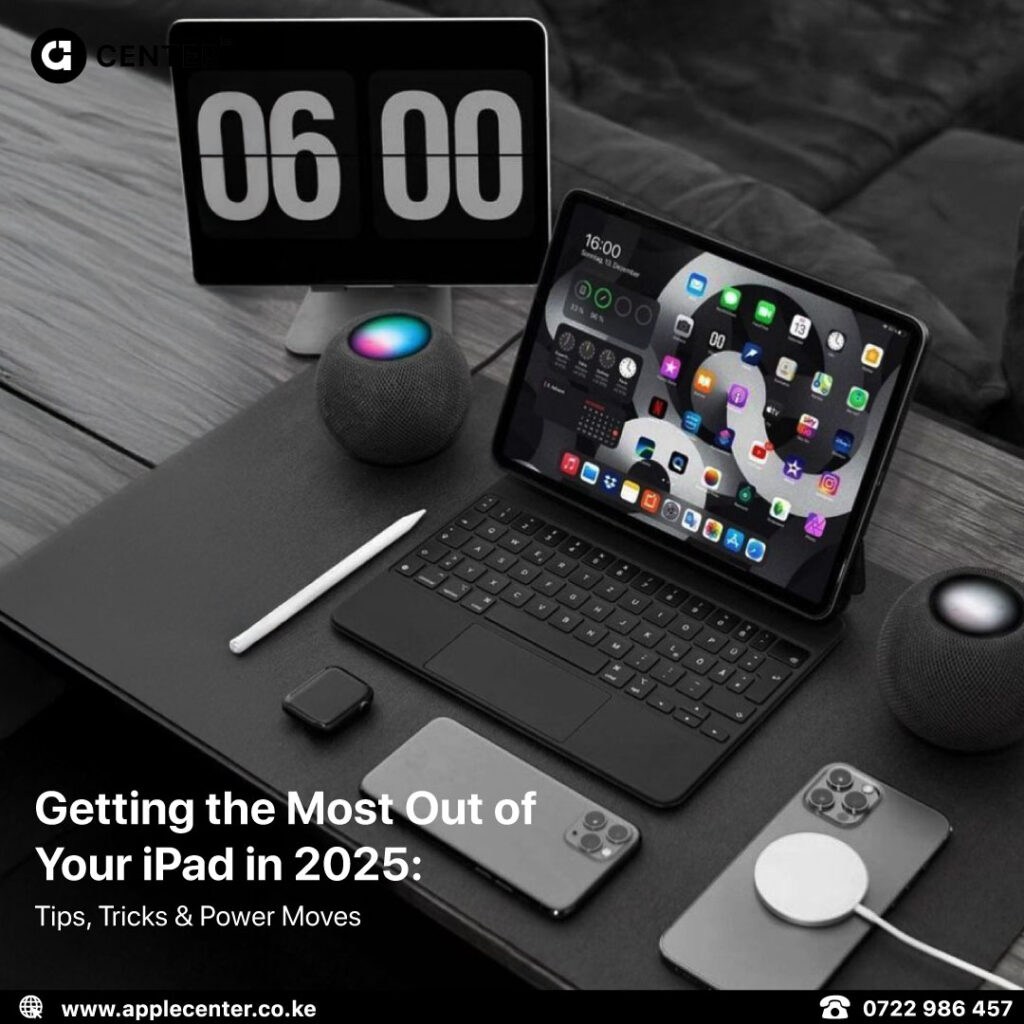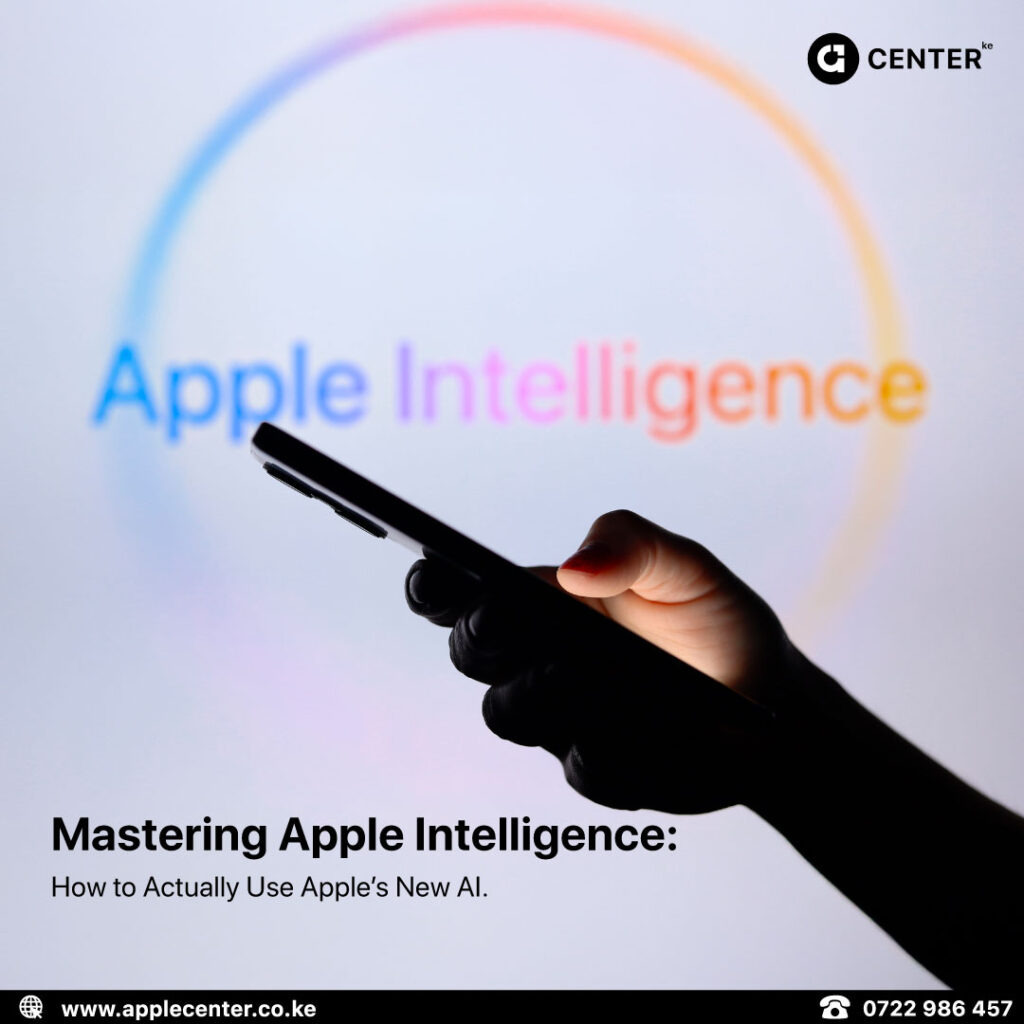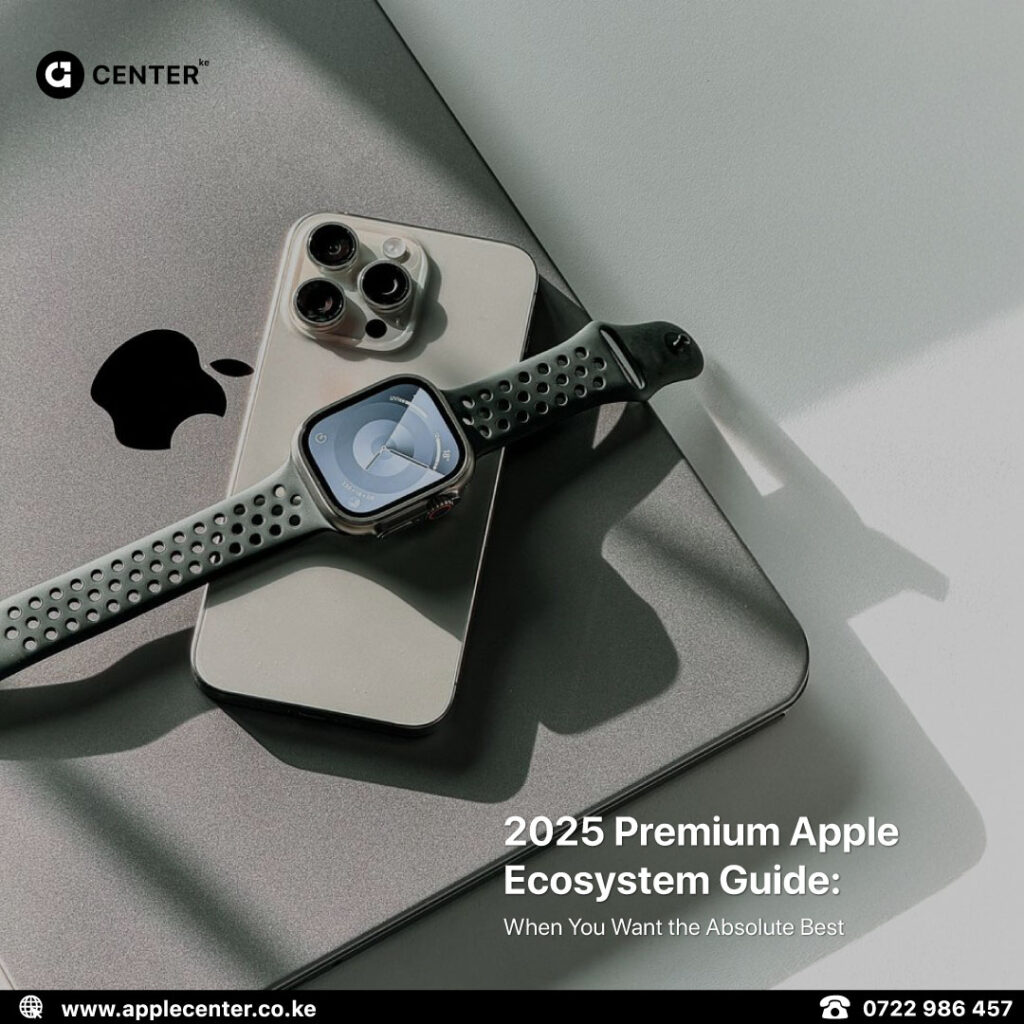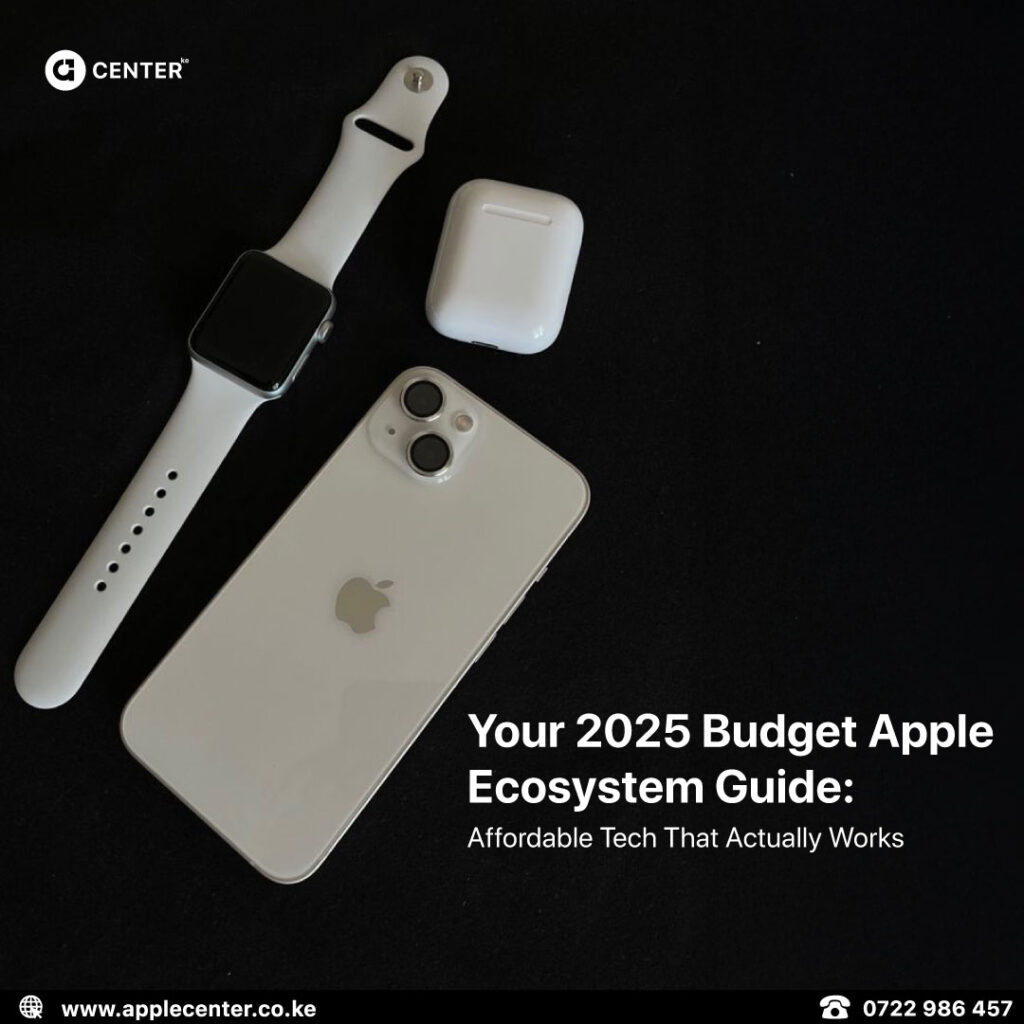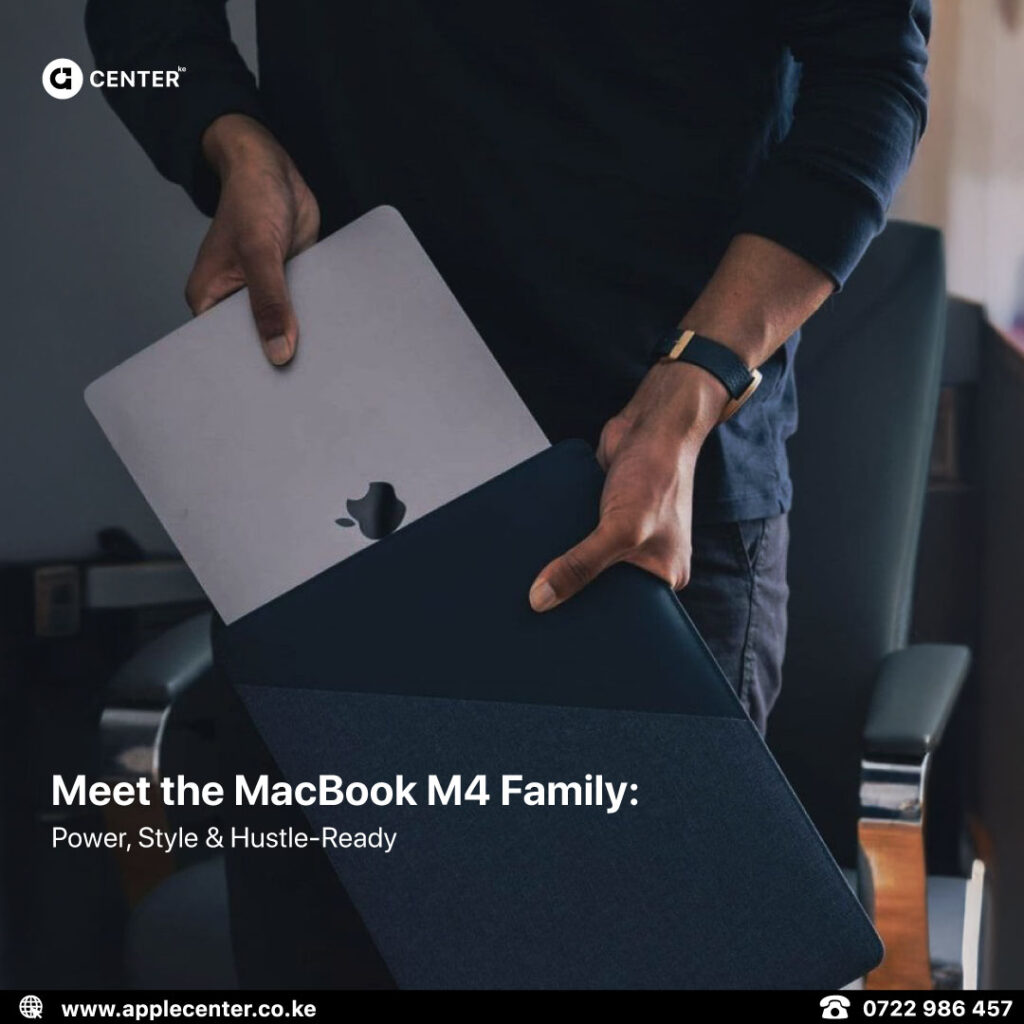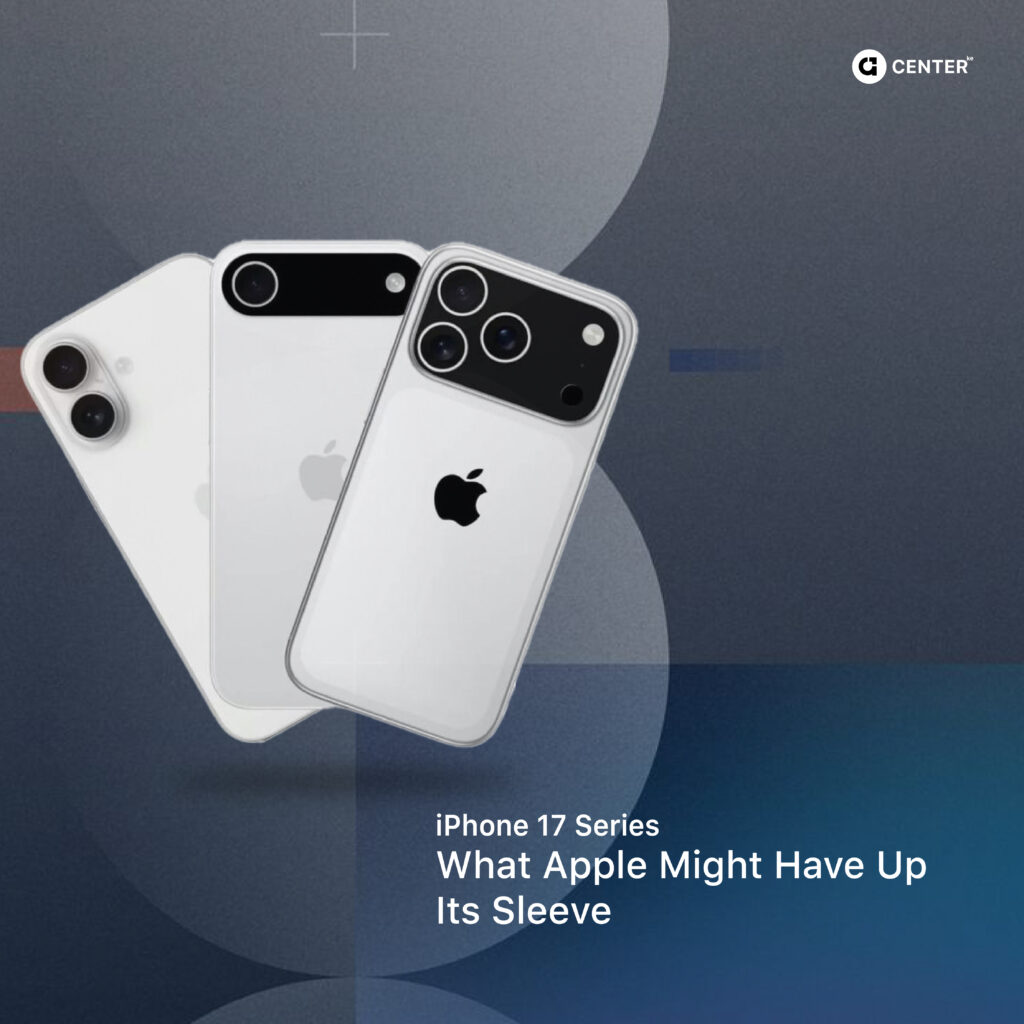When you pick up an iPhone, open a MacBook, or strap on an Apple Watch, it’s easy to forget the empire behind it all started in a small California garage in 1976. Apple’s journey is a story of bold vision, messy failures, spectacular comebacks, and innovations that rewired how we work, learn, and connect.
So let’s roll the tape. From the very first Apple I in ’76 to the trillion-dollar titan of 2025, here’s the story of Apple.
1976–1980: The Garage Dream Becomes Real
April 1st, 1976. Steve Jobs, Steve Wozniak, and Ronald Wayne sign papers to form Apple Computer Company. Jobs sells his Volkswagen van, Wozniak parts with his prized HP calculator, and Wayne – spooked by the risk – sells his 10% stake for $800. Today, that stake would be worth more than $100 billion..

Their first product, the Apple I, wasn’t glamorous – just a bare circuit board sold to hobbyists. Only 200 were made. But Their first product, the Apple I, wasn’t glamorous: a bare circuit board sold to hobbyists. Just 200 units made. But it planted a radical idea – that computing could leave labs and corporations and become personal.it proved a point: personal computing had a future.
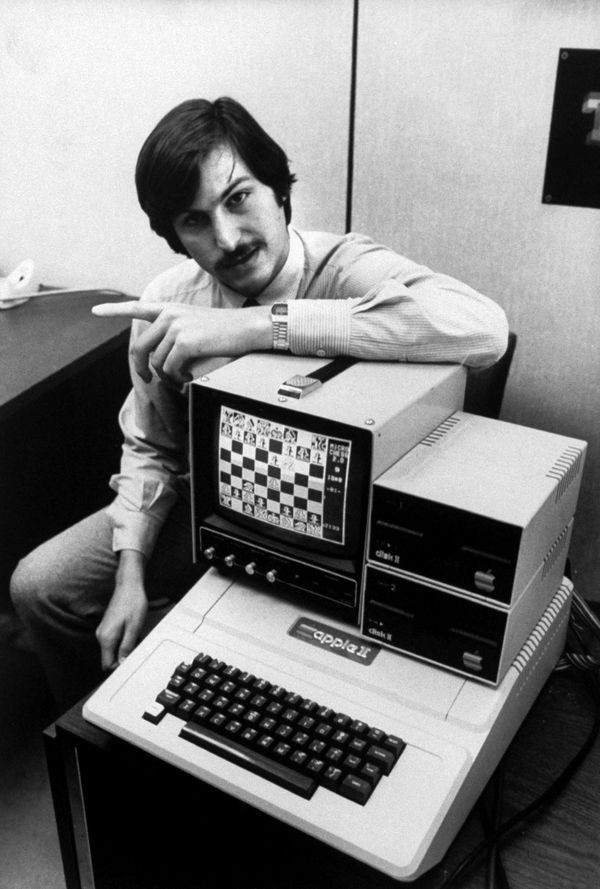
The real breakthrough came in 1977: the Apple II. Plastic casing, color graphics, expandability. Suddenly, computers weren’t intimidating – they were approachable. By 1980, Apple went public, raising more than any IPO since Ford in 1956. The garage project was now a Wall Street darling.
Innovations and Struggles (1980–1996)
1984: the Macintosh launched with the legendary “1984” Super Bowl ad. A computer with a mouse and graphical interface? Revolutionary. But also expensive, underpowered, and difficult to market.
Leadership changes became Apple’s Achilles heel. Michael Scott, Mike Markkula, then John Sculley – the Pepsi executive Jobs himself recruited. But by 1985, Jobs was forced out of the very company he had founded
The next decade? Uneven. The Newton PDA was ambitious but flopped. Clunky product lines, dwindling relevance, and Microsoft’s rise left Apple bleeding cash. By the mid-90s, the once bold innovator was weeks from bankruptcy.
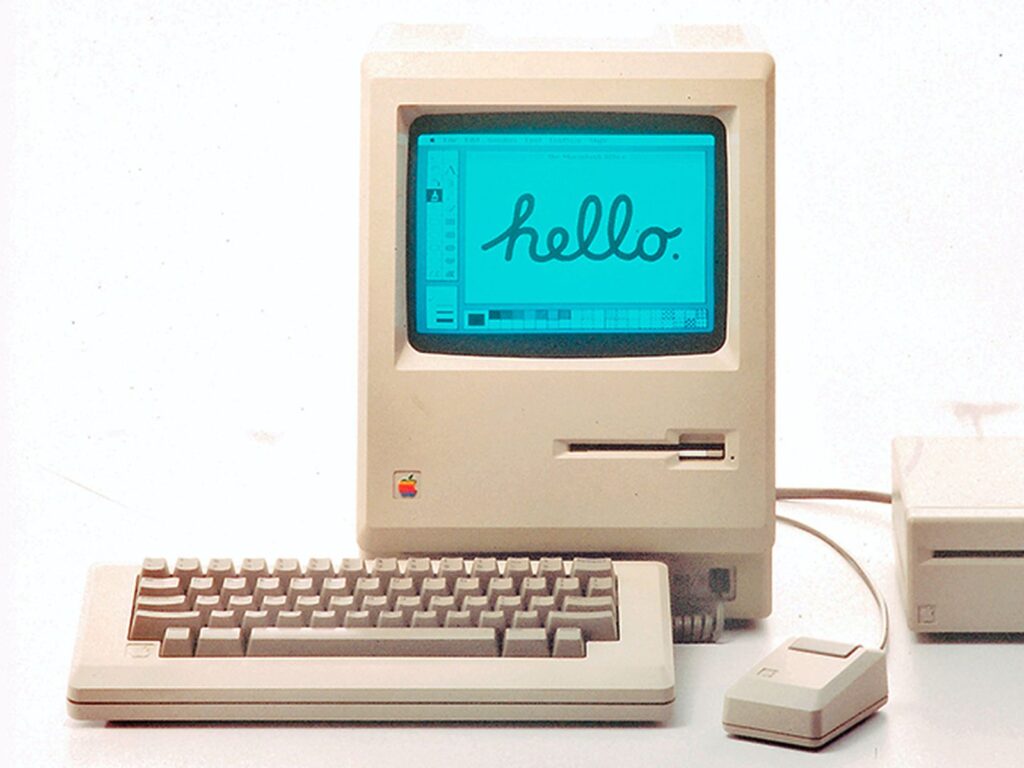
The Return of Steve Jobs (1996–2001)
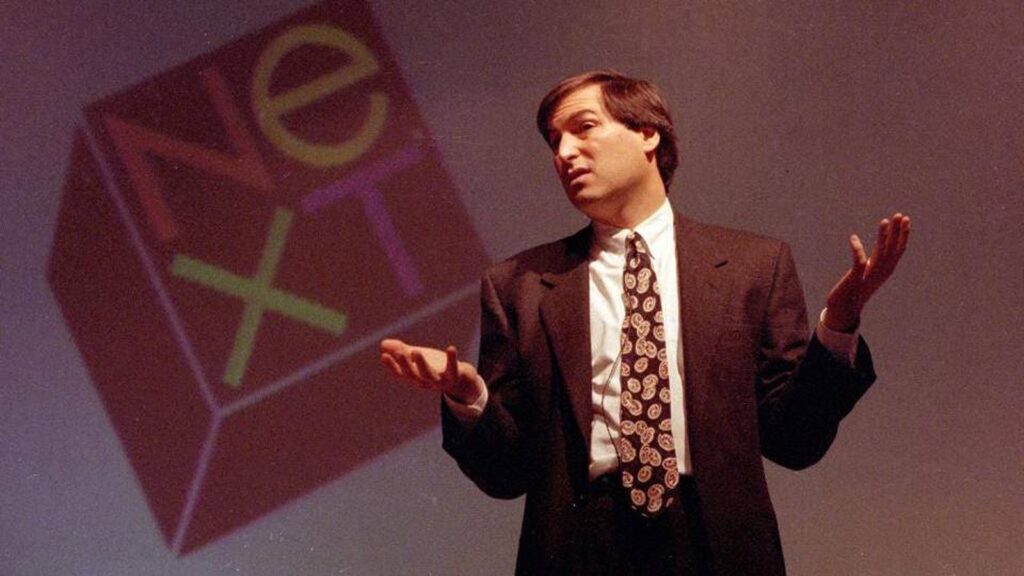
The turning point came in 1996, when Apple acquired NeXT, Jobs’s other company. With it came Jobs himself. By 1997, he was CEO again – and Apple had a lifeline.
He simplified Apple’s bloated product lineup, cut waste, and struck a surprising partnership with Microsoft for $150 million. Then came the hits:
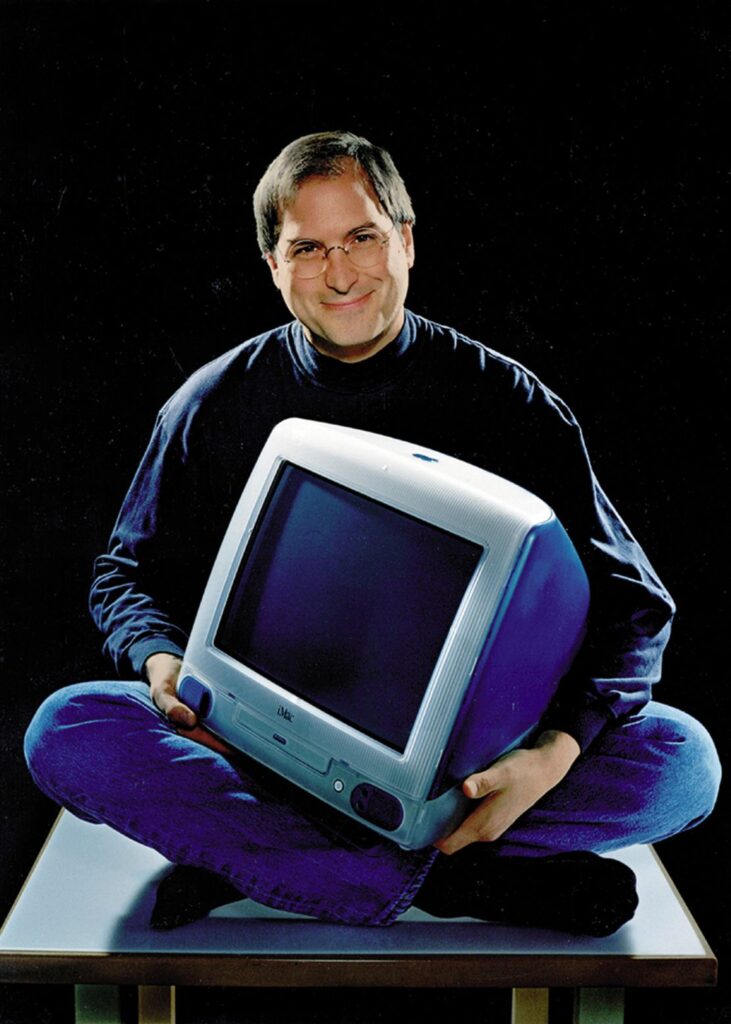
1998 iMac: colorful, fun, and utterly different.
2001 iPod: “1,000 songs in your pocket.”
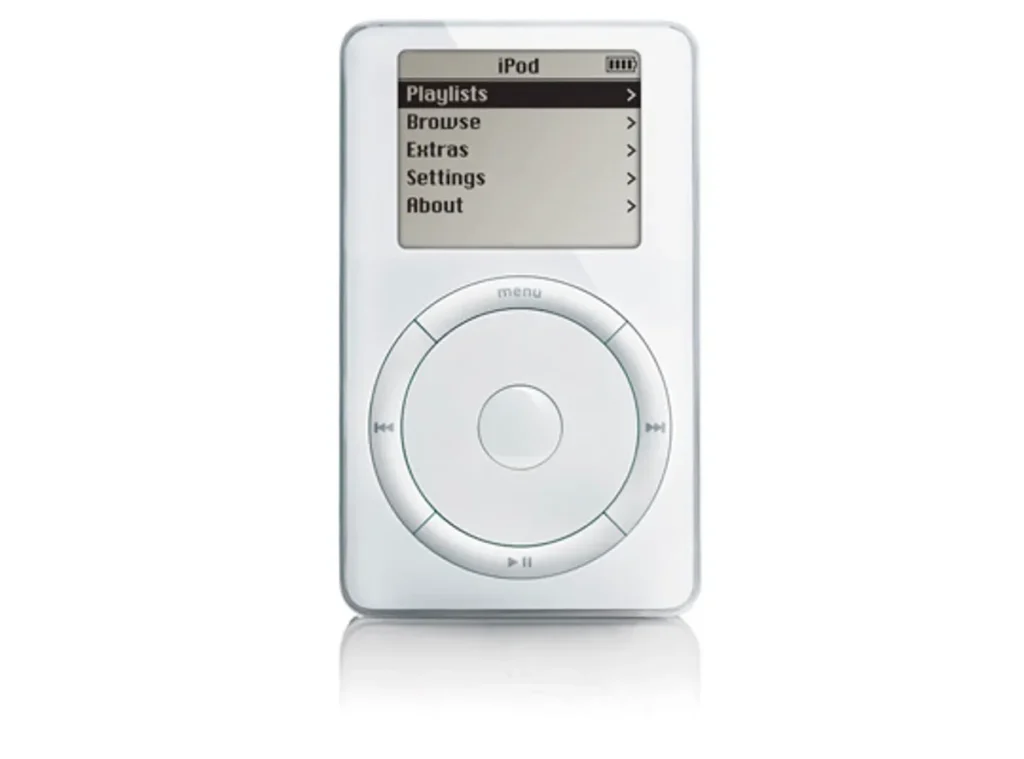
Apple wasn’t just back. It was cool again.
2001–2010: The iEra Begins
The 2000s were Apple’s golden run. Each year brought products that shifted entire industries:
- 2001 – Apple opens its first Apple Stores and launches the iPod. Suddenly, 1,000 songs in your pocket became a reality

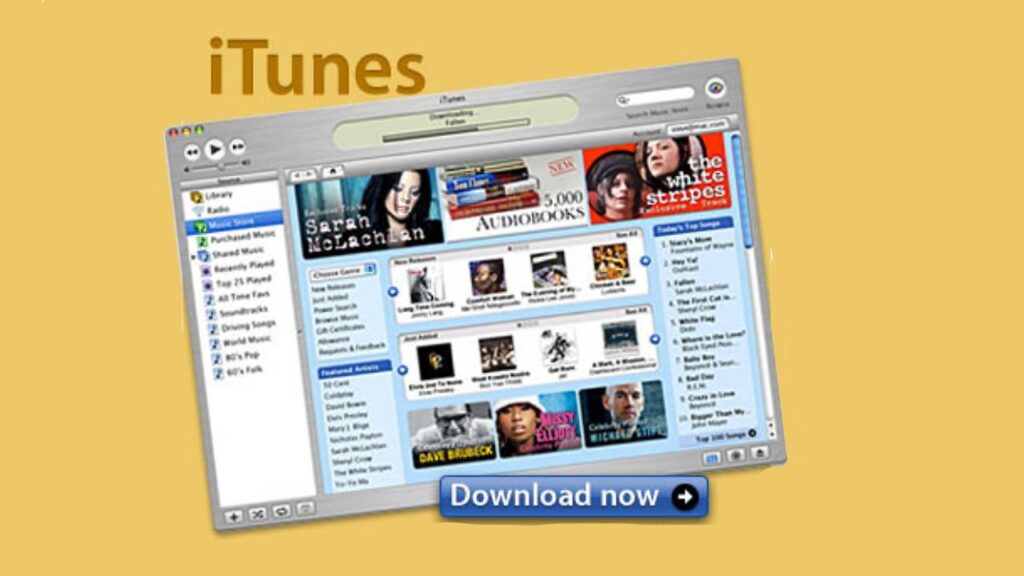
- 2003: iTunes Store made digital music mainstream.
- 2007: iPhone combined phone, music player, and Internet – the smartphone revolution had begun. Apple even dropped “Computer” from its name.
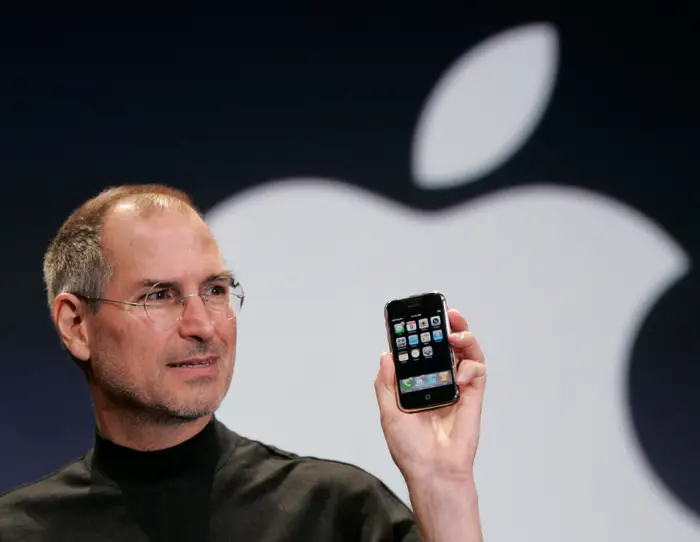
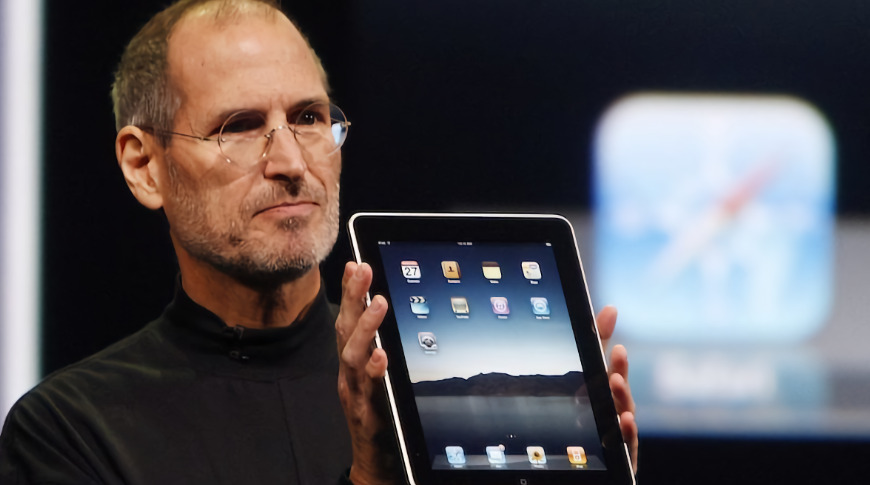
- 2010: iPad created a new device category between phone and laptop
By the end of the decade, Apple wasn’t just a company. It was a cultural force shaping how billions lived.
2011–2025: From Jobs to Cook, and Beyond
In 2011, Steve Jobs passed away, leaving behind one of the greatest legacies in business. Tim Cook, Apple’s operations genius, took the reins. His style was quieter, steadier – but massively effective.
Under Cook, Apple expanded its empire:
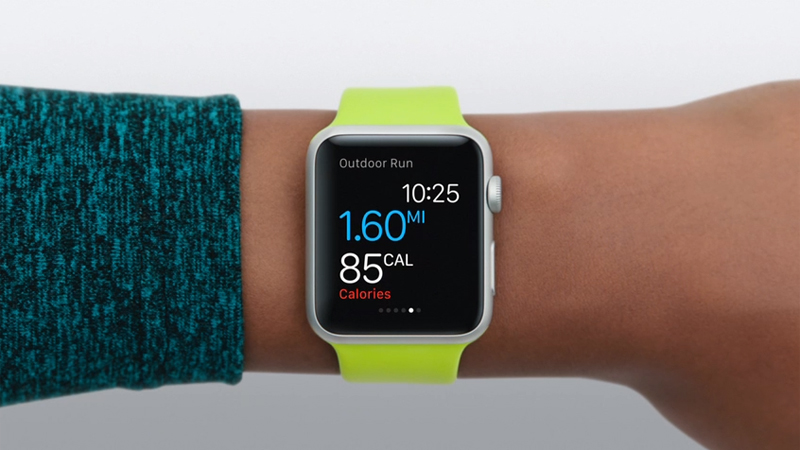
Apple Watch (2015) defined the smartwatch market.
Apple Silicon (2020) with the M1 chip crushed Intel and proved Apple could out-engineer the industry.
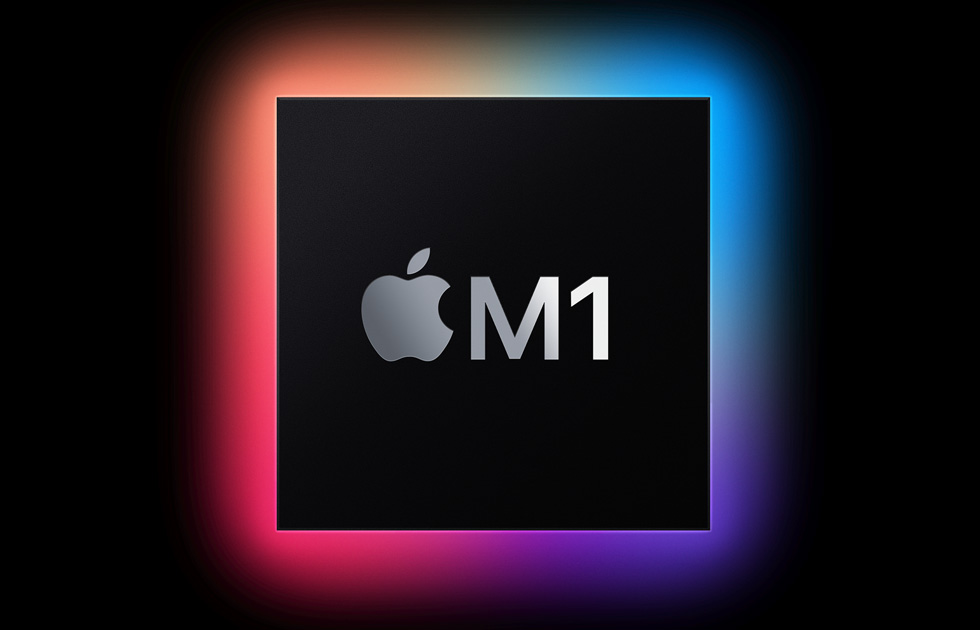
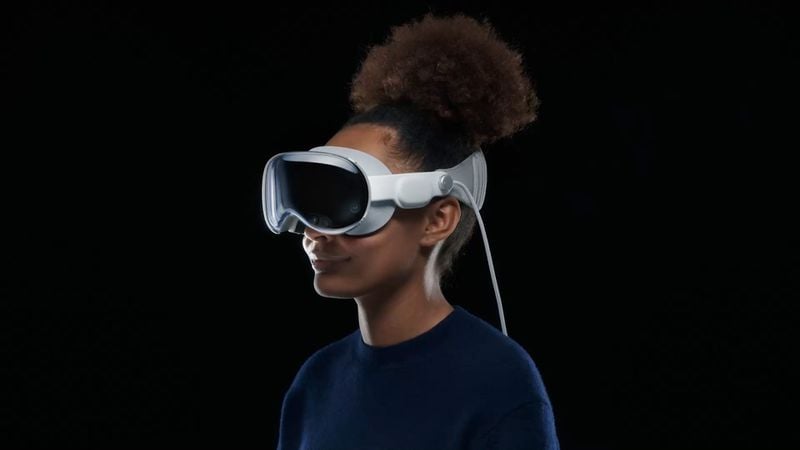
Apple Vision Pro (2024) marked Apple’s entry into spatial computing.
Apple also leaned into services – iCloud, Apple Music, TV+, and Apple Pay – locking users deeper into its ecosystem.
By 2025, Apple’s market value hovered around $3.7 trillion, making it the world’s most valuable company. Over 3 billion iPhones had been sold, with more than 2 billion active devices worldwide.
The Legacy
Two leaders shaped Apple’s DNA:
Steve Jobs – the dreamer, risk-taker, and storyteller who made technology beautiful.
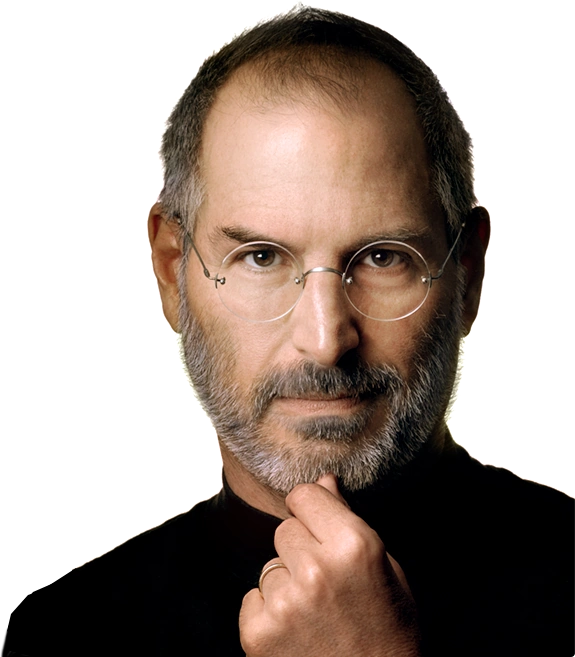

Tim Cook – the strategist who scaled Apple into an unstoppable giant.
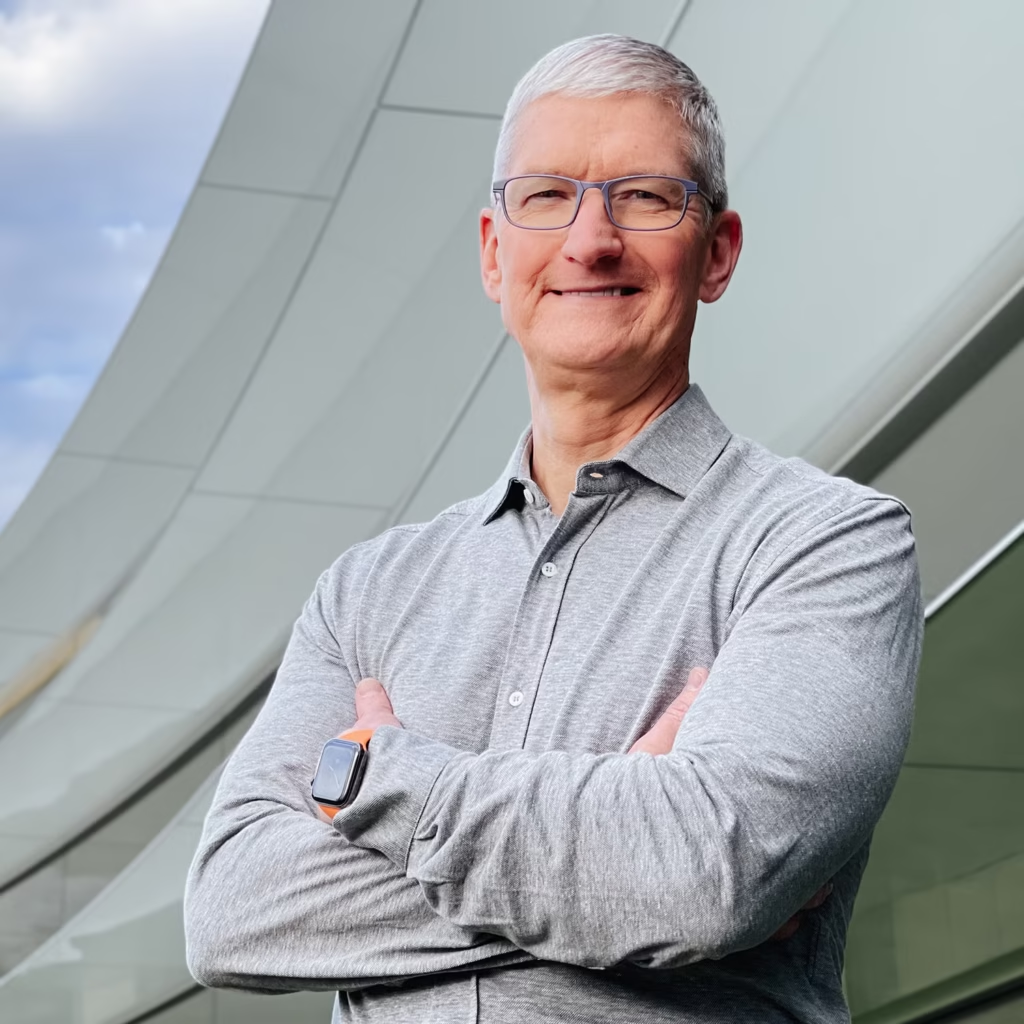
From the Apple I in 1976 to the Vision Pro in 2024, Apple’s story is about one relentless question: “What’s next?”
And in 2025, the answer is still unfolding.
Final Thoughts
Apple’s history isn’t just about products – it’s about blending design, technology, and human experience. It’s about falling, standing up again, and daring to think differently. From a garage startup to a $3.7 trillion empire, Apple’s journey is still one of the most remarkable in business history.
AirPods (2016) turned wireless earbuds into fashion.


